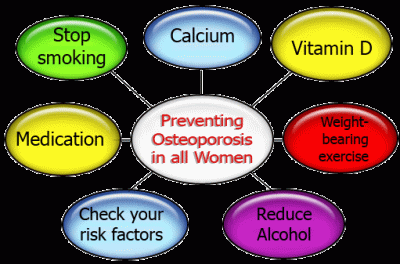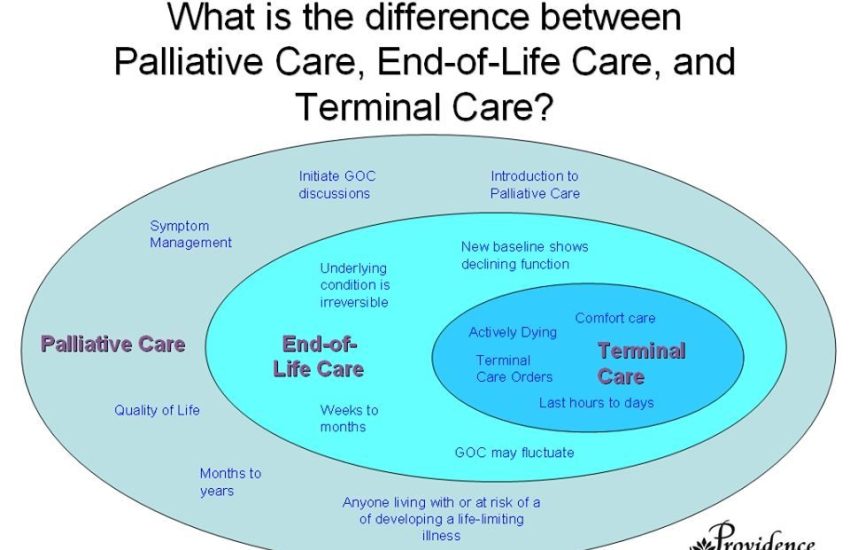Osteoporosis: Prevention and Treatment
Osteoporosis is a common bone disease that affects millions of people worldwide, especially older individuals. It is characterized by weak and brittle bones, making individuals more susceptible to fractures. This article will explore strategies for preventing and treating osteoporosis to maintain strong bone health.
Prevention
Prevention plays a vital role in fighting osteoporosis. It is much easier to prevent the disease than to treat it. Here are some key prevention strategies:
1. Balanced Diet
A well-balanced diet that includes calcium and vitamin D is crucial for maintaining healthy bones. Calcium-rich foods such as dairy products, leafy greens, and fortified products help build and strengthen bones. Vitamin D aids in calcium absorption, and sources include sunlight exposure and foods like fatty fish and fortified cereals.
2. Regular Exercise
Engaging in regular weight-bearing and muscle-strengthening exercises contributes to bone health. Weight-bearing exercises include walking, jogging, dancing, and climbing stairs. Strength training exercises using weights or resistance bands can also help prevent bone loss and increase bone density.
3. Lifestyle Modifications
Adopting a healthy lifestyle is crucial in osteoporosis prevention. Quitting smoking and minimizing alcohol consumption can reduce the risk of developing the disease. Additionally, avoiding excessive caffeine intake is beneficial as it can interfere with calcium absorption.
Treatment
If diagnosed with osteoporosis, there are various treatment options available:
1. Medications
Several medications can help slow down bone loss and increase bone density, reducing the risk of fractures. These medications include bisphosphonates, hormone therapy, denosumab, and teriparatide. Consultation with a healthcare professional is necessary to determine the most suitable medication based on individual needs.
2. Healthy Diet
Alongside medications, a diet rich in calcium and vitamin D continues to be important in the treatment phase. Adequate calcium intake helps maintain bone strength, and vitamin D aids in calcium absorption. Dietary sources of calcium and vitamin D should be emphasized, and supplementation may be recommended if necessary.
3. Regular Exercise
Exercising remains crucial even after diagnosis. Weight-bearing exercises and strength training can help maintain bone density and prevent further bone loss. Working with a physical therapist or exercise specialist can ensure a safe and appropriate exercise routine.
4. Fall Prevention
Individuals with osteoporosis are at a higher risk for falls and fractures. Taking measures to prevent falls, such as removing trip hazards at home, using assistive devices, and practicing balance exercises, can significantly reduce the risk of fractures.
Conclusion
Osteoporosis is a serious bone condition that can have a significant impact on an individual’s quality of life. However, through preventive measures and appropriate treatment, individuals can maintain strong bones and reduce the risk of fractures. A balanced diet, regular exercise, and lifestyle modifications play vital roles in preventing osteoporosis. If diagnosed, medications, a healthy diet, regular exercise, and fall prevention strategies are key in the treatment phase. By prioritizing bone health, individuals can lead active lives and reduce the impact of osteoporosis on their overall well-being.


